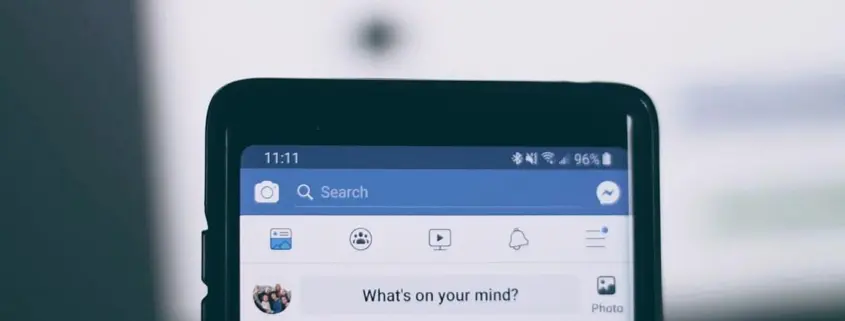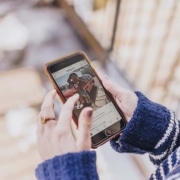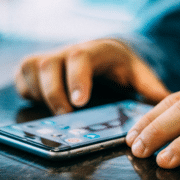Will Facebook’s acquisition kill Giphy?
Last week, Facebook bought Giphy.
In case you don’t regularly use Giphy to express your emotions in Slack or text messages, Giphy is an online database and search engine full of short looping videos or animated stickers — aka GIFs.
Giphy claims more than 700 million people see its content each day. What’s worth noting is that many of those views come from digital spaces like Apple’s iMessage, TikTok and Twitter. These platforms rely on Giphy’s API to let users share and post GIFs.
Creators and brands develop their own Giphy stickers to drive brand awareness and activate super fans via these other social media platforms. Take Uber Eats as an example. They have a series of GIFs that users can add to their Instagram stories while they wait for food or add to a Slack channel to make work colleagues envious or use in a Facebook post message.
So why are we telling you this? Giphy stickers can create surprise and delight moments for brands with audiences that are highly active on social media platforms. But as the Verge points out, some companies may not want to have a Facebook-owned platform integrated with their products moving forward (here’s looking at you, Apple 👀). Currently, there are no tracking pixels, cookies, or any other embedded user tracking mechanisms in Giphy’s GIFs or stickers but that might change in future updates to the service.

Free ideas for virtual event sponsorship
With digital events a new norm for now, we’ve been getting asked for creative ideas to engage sponsors and drive revenue. So, we built a list of 23 ideas for event sponsorships in collaboration with Sheri Moore of Moore Carlyle Consulting & MCC Destination Management.
Our ideas include:
- Exclusive sponsor content for your event attendees
- Custom survey & research report of event audience
- Attendee lunches
- AR demos
Here’s the list for you. Let us know if you want to chat about any of these ideas — some are a little out there.

We’re believers in audience-focused organic content. But, we’re also realists. We know many social media platforms throttle organic reach. We’ve got serious spidey sense for new tips and tricks to get the most out of every organic post. That’s why we read every single word of this article by leading chatbot entrepreneur, Larry Kim.
Here are two suggestions we’ve started testing and we think you should too:
- When including a link to an article in your LinkedIn post, don’t add it to the post itself. Instead, add it as a comment right after you post. LinkedIn may be deprioritizing posts that drive users off of its platform, so don’t give it a reason to not show your posts to your followers.
- Ask your employees to like or comment on every LinkedIn update your company posts. The signal for a “good” post on LinkedIn is likes, comments and comment discussions. If your employees engage with your content, it can get your post its first 5,000–10,000 impressions. As Larry says: “Liking your content is just a catalyst to get the initial few thousand impressions for free.”
Try these out with your next few LinkedIn posts and tell us if you see a bump in engagement.
This content originally appeared in our weekly newsletter called TARGET:AUDIENCE where we explore ways to find, understand, grow, engage and inspire digital audiences — so you don’t have to. Want this in your inbox? Signup below











